Can I use a humidifier without air conditioning?
Yes, you can run a humidifier without an air conditioner.
A humidifier adds moisture to the air, which can be beneficial for respiratory health, preventing dry skin, and preserving wooden furniture. It’s commonly used in dry climates or during the winter months when indoor air tends to be drier due to heating systems.
An air conditioner, on the other hand, removes moisture from the air to cool it down. While they can both be used together, they serve different purposes and can be operated independently based on your comfort needs.
The humidifier does not need cool air from an air conditioner to function. Its moistens the air regardless of the temperature.
The humidifier is a device that’s purpose is to add moisture into the air.
And though an air conditioner’s primary purpose is to cool a room, it also dehumidifies in the process.
Air conditioners and dehumidifiers pull warm air out of the room and drag it across refrigerated coils that cause the moisture to condense and exit as a liquid.
This is why window air conditioners have a drip hole in the bottom of the case.
It is so that the humidity that is pulled out of the air while the air conditioner is running has a place to escape from.
Humidifiers are more commonly run in conjunction with heating systems and heaters.
During winter months when the air is naturally dryer and the heater is on and off drying the air out even further, humidifiers are used to combat the dry air.
Without the humidifier running you might start seeing a lot of telltale signs like everyone walking around zapping each other because of static electricity. Plus Dry lips and dry and bloody noses, and a lot of congestion.
But that does not mean that there is no need for a humidifier in the summer. Though we primarily think of the summer months as being extra humid, that is not always the case.
 In Texas for instance, we have gone months without any rain and temperatures in the ’80s daily.
In Texas for instance, we have gone months without any rain and temperatures in the ’80s daily.
Which amounts to dry, dusty and windy heat.
You can bet we use our humidifiers with the air conditioner running.
But, on the other side of the coin, if we’re having a rainy and humid season, you definitely don’t want to do something to add more moisture to the air like run a humidifier.
In fact, a dehumidifier may have to be run in conjunction with an AC when the relative humidity is so high that the AC cannot keep up with dehumidifying.
So regardless of the temperature or of the season, the humidifier is meant to add moisture to the air when the relative humidity is below the 40 to 60% mark.
And while it’s more common in the winter, dry conditions can occur throughout the year.
Getting to know the lingo
Of course there are so many devices, appliances and systems that do something to regulate the air, it is hard to know which is which and what does what sometimes.
For instance, a true story. For years I personally ran an air purifier retail store.
The only thing we sold was air purifiers.
We didn’t sell any other types of appliances or or anything that had to do with air other than clean it.
But like clockwork, every holiday when the family gets together, my brother-in-law asked me how my “water filter” business is doing. Jeez.
The point is, unless you deal with these things on a consistent basis, there is really no need to keep up with what is what.
So when somebody asked me a question like ” can I use my humidifier without the air conditioner?” I’m more likely to believe that they meant “dehumidifier” instead of air conditioner.
The reason I say that is, air conditioners typically come with a dehumidifier setting. So that you can use the dehumidifier without using the air conditioner.
There are many times when the temperature is not all that excessive but the humidity level in the house makes it feel like it’s 110°.
At those times, you can run the dehumidifier on your air conditioner without running the “cool” setting and be able to cool the house off by extracting the moisture out of the air and never turning the air conditioner setting on at all.
In that case, the answer is yes. You can run the dehumidifier setting on your air conditioner without running the air conditioner per se.
When someone ask” can I use a humidifier without the air conditioner ?” They can mean one of two things.
They want to know if it’s good to run a humidifier when the air conditioner is on?
Or they are confusing the dehumidifier setting on the air conditioner for a humidifier.
The answer is, you can run a humidifier anytime that the relative humidity is below 30 or 40%, and get benefit out of it.
Even in the summer, there are times when the air is so dry that it calls for a humidifier to be going even with the air conditioner running.
But air conditioners do not come with a humidifier setting.
They do on the other hand come with a dehumidifier setting.
Which leads me to believe that a lot of people confuse the lingo and call the dehumidifier a humidifier.
The dehumidifier on an air conditioner can be run without the air conditioner running on the cool setting along with it.
There are many times when reducing the humidity in a room will increase the comfort because it’s the humidity that’s making the room feel so uncomfortable.
Air conditioners and dehumidifiers are very similar appliances. If you take them apart, their mechanics look almost identical.
The difference is, an air conditioner cools the air as it pulls the moisture out and dispels the heat outside of the room.
A dehumidifier does not cool the room off as it pulls the moisture and it dispels The heat inside of the room which helps pull even more humidity out of the air.
You generally don’t need to run a dehumidifier if you have an air conditioner.
But there are times when the humidity level can be so high that the air conditioner can’t keep up with pulling the moisture out alone.
At that point a separate humidifier can help to reduce the moisture in a house further, cool things off a bit more, and take some strain off of the air conditioner.




 3. Winter
3. Winter 1. Air pollution
1. Air pollution

 3. Bacteria
3. Bacteria

 Hygrometer Uses
Hygrometer Uses 4. Dust
4. Dust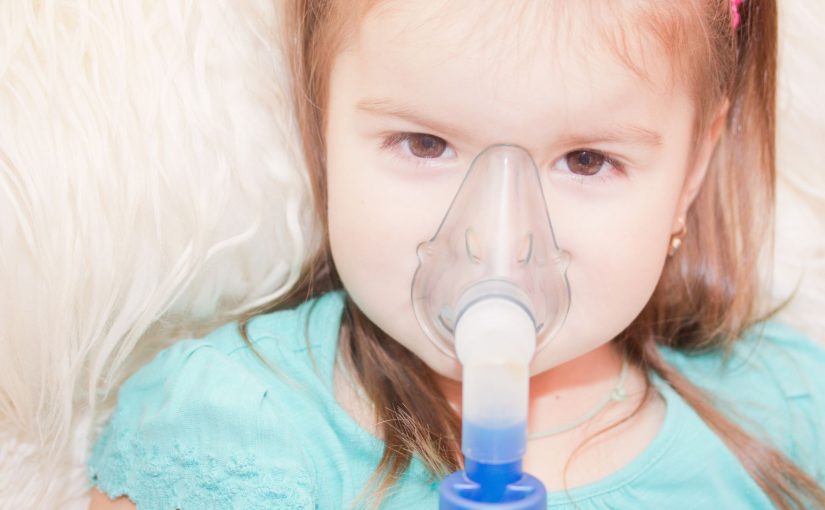
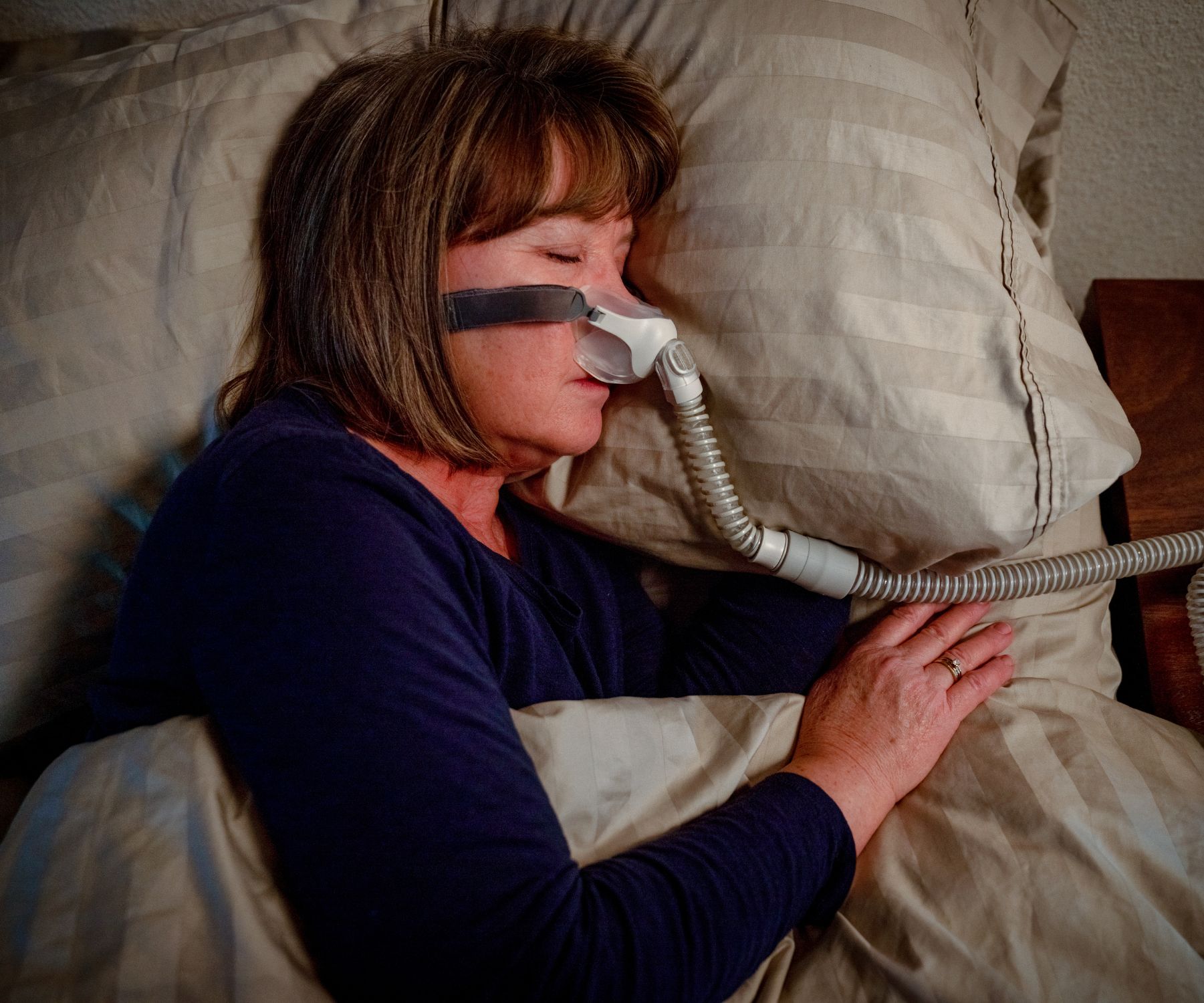 Humidifier vs Vaporizer vs Nebulizer for Specific Conditions
Humidifier vs Vaporizer vs Nebulizer for Specific Conditions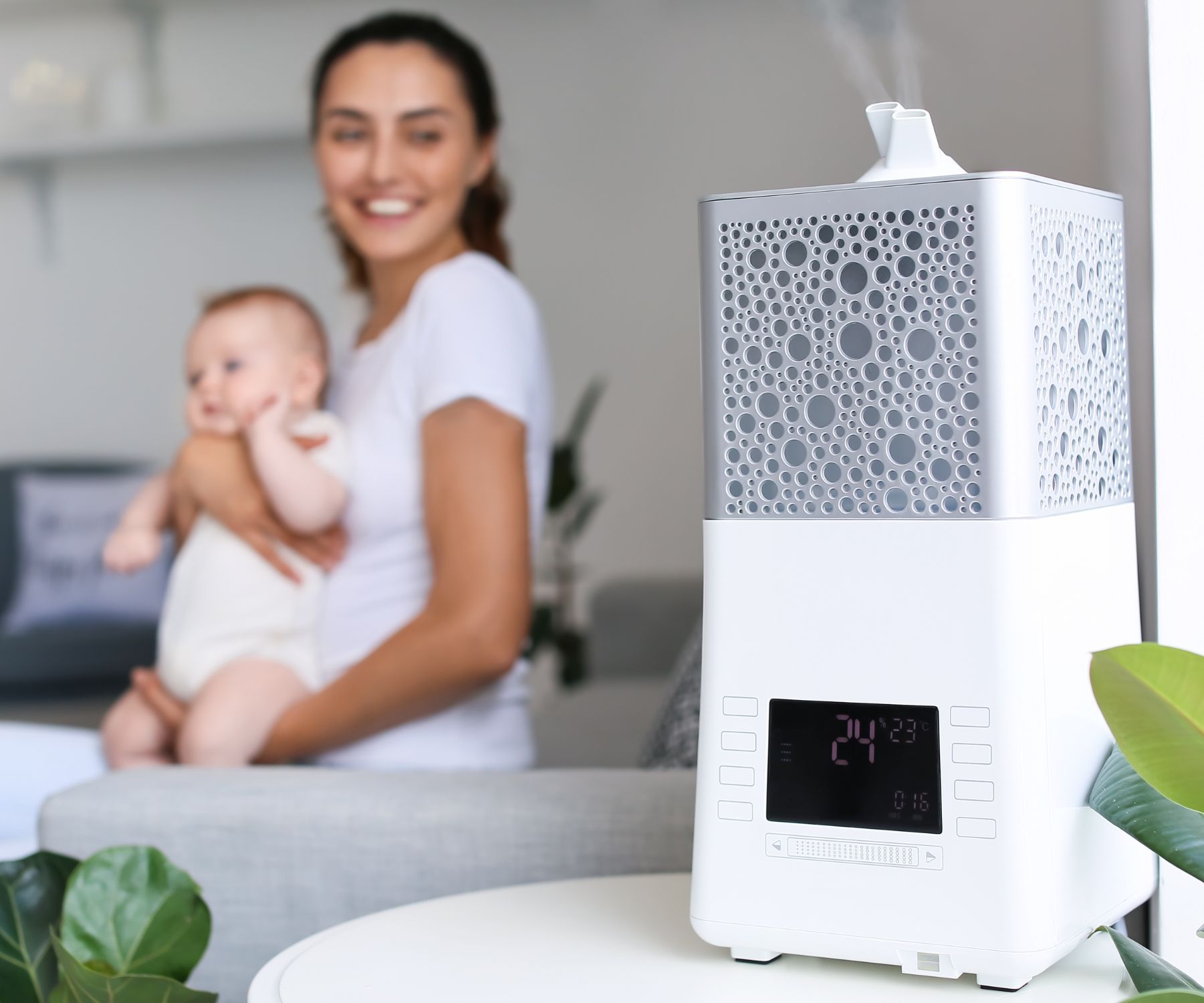 Why do doctors recommend cool-mist humidifiers?
Why do doctors recommend cool-mist humidifiers?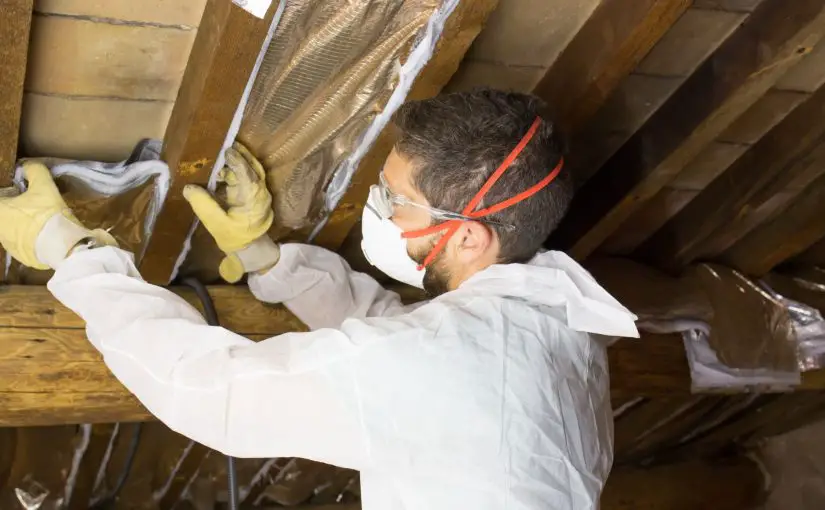
 Preventing Home Contamination from Workplace Asbestos
Preventing Home Contamination from Workplace Asbestos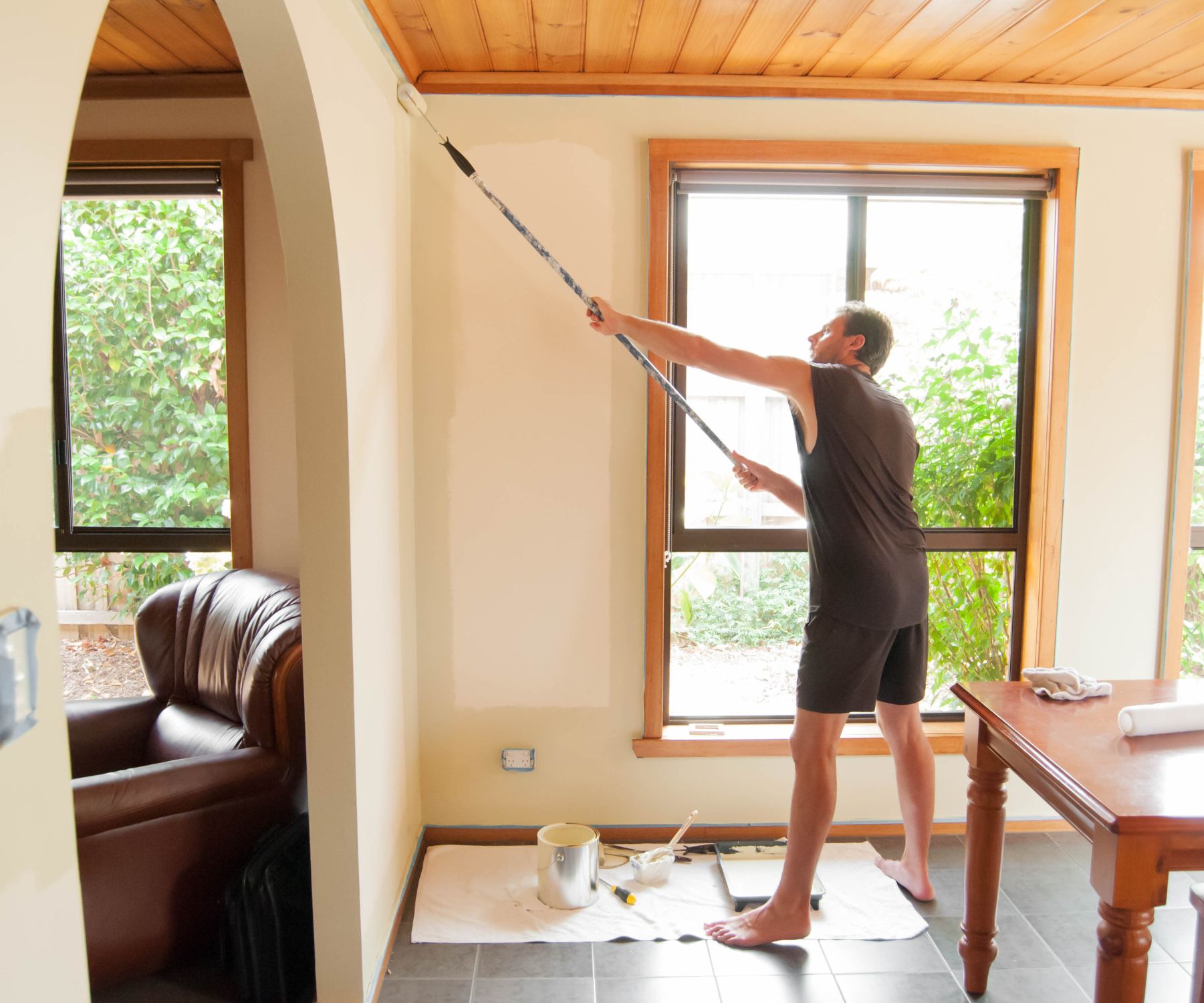 FAQ: Asbestos Exposure and Safety Measures
FAQ: Asbestos Exposure and Safety Measures
 Mother-in-law tongue plant benefits:
Mother-in-law tongue plant benefits:

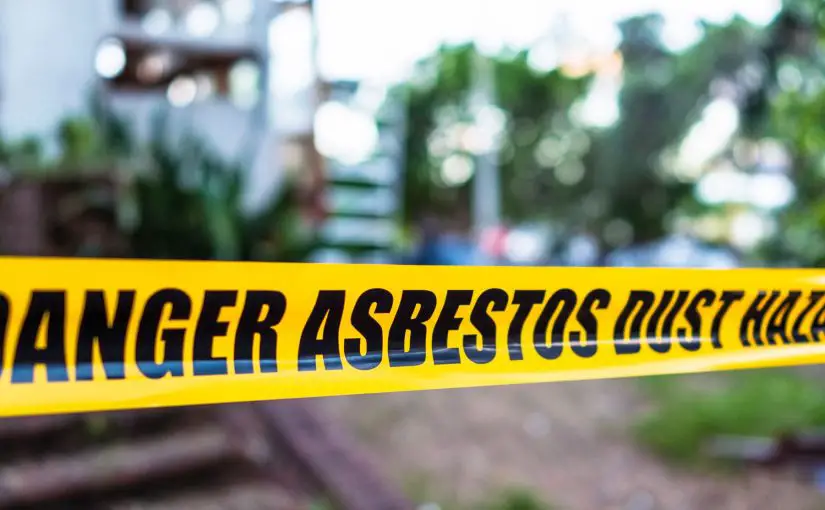
 Other Types of Asbestos:
Other Types of Asbestos: Risk Mitigation Strategies
Risk Mitigation Strategies
 Here are examples of Well-known Air Conditioner brands equipped with ionizing and plasma technologies:
Here are examples of Well-known Air Conditioner brands equipped with ionizing and plasma technologies: Making Your Decision:
Making Your Decision:
 At-Risk Groups for Air Conditioning Related Symptoms
At-Risk Groups for Air Conditioning Related Symptoms